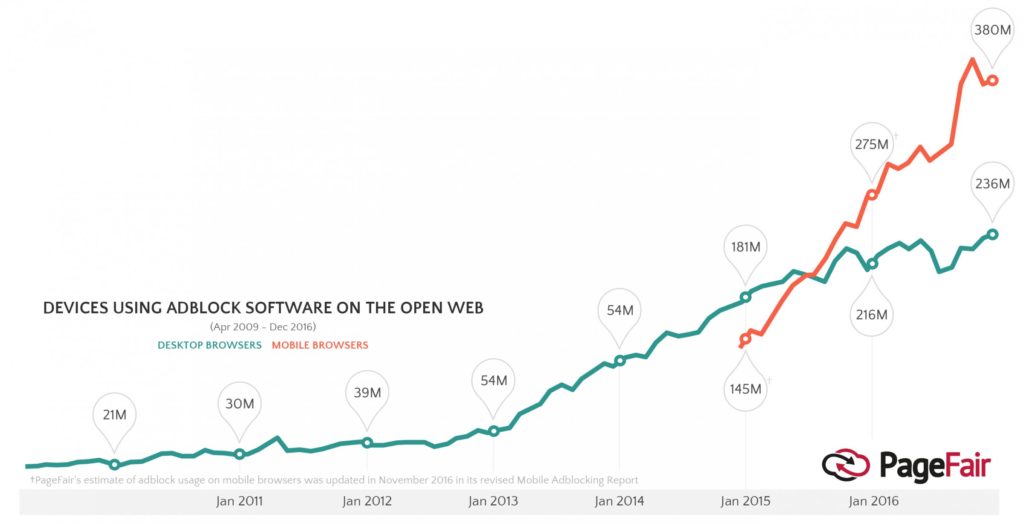What exactly is brand ambassador marketing in the era of the social, mobile, millennial consumer?
It’s not news that every brand wants a celebrity to endorse their product. In fact, royal endorsement of Wedgwood earthenware in the late 1700s is one of the earliest recorded planned marketing campaigns leveraging influential people to drive sales. Some time around 1760 the brand petitioned for and received permission from the British monarchy to call their new collection “Queen’s Ware.” The campaign ultimately kickstarted an enduring brand. Wedgwood has lasted for over 300 years and is, to this day, associated with luxury standards.

Like Wedgwood, most brands with a budget for such things today will tell you a specific type of celebrity is important to cultivate a unique look; to capture an intangible essence of what it means to be “us”, to live our brand, to be in our inner circle. They aren’t wrong to think that way.
In 2017 brand ambassador marketing has become, at it’s core, the employment of people with specific influence or expertise to create and participate in your brand marketing strategy, usually leveraging their own popularity on social media platforms to drive value.
Brand ambassadors marketing is quickly intersecting with influencer marketing. In fact, most successful, ROI-driving influencer marketing case studies have all the hallmarks of brand ambassador marketing built in. When I talk about brand ambassadors in 2017, I like to check for a few key traits:
- Creative – Always building and releasing compelling original content
- Niche passion – Visible obsession and deep expertise in a vertical
- Loyal followers – Multitudes of like-minded individuals you can count
- Convincing personality – Powerful enough to make you laugh or cry
The best brand ambassadors love you as much as you love them. They love your brand, your product, and the people behind it because the you aren’t treating them like a channel. Brand ambassadors are people. Creative, passionate, vital people who form and build relationships through shared experiences. And that’s mantra marketers should use to cut through the buzzwords when working to implement a brand ambassador program.
What’s going on with marketing in 2018?
The world is conspiring to change the way people view and interact with content, and unfortunately it isn’t asking marketers what they think about it. Like many things this year, marketing will be different in 2018. We are living in a world where our customers are doing less with more. Using fewer smartphone apps, yet spending more time each day inside of them. Creating more content, but providing less personal data. Viewing more web pages, while consuming less advertising. It’s an unprecedented shift in the digital marketing landscape, and it’s one of the biggest gifts marketers in the know will receive this decade.
Big Change #1: Platforms
Facebook, Google, and Snapchat are the dominant forces in the marketing and advertising world today. In December 2016 Magna Global’s Global Advertising Revenue Forecast estimated that brands will spend over 50% of every dollar available in these three platforms in 2017. Depending on the brand, that number will reach as high as 80%. We’re seeing a rapid platform consolidation amongst users, and the trend is accelerating.
At the same time, platforms are teaching their news feed algorithms – the highly guarded lines of code that govern what you see when you open Facebook or Instagram – to weed out fake news and content users aren’t likely to engage with. That all presents a dilemma to brands that are under constant pressure to create that highly engaging content every single day, and often are just going through the motions for the sake of not having an empty page.
Big Change #2: Publishers
Trouble is brewing in the publishing world. As the New York Times recently reported, layoffs at Mashable and Buzzfeed are a canary in the coal mine. After struggling to meet investor expectations of ad-based revenue, digital news at scale may be losing control of it’s own business model. That has implications for traditional advertising and public relations, already under fire to show direct links to return on investment.
Paired with the algorithm updates I just outlined, it puts publishers of the news in direct competition with brands for the first time. It’s an all out war being fought for consumer attention span, but that fire isn’t being fueled by platforms and their constant push for more engaging content alone. At the same time, publishers are turning to affiliate marketing programs and shifting away from less monetized journalism.
Big Change #3: People
Let’s face it, we’re all spending a lot more time on our smartphones and a lot less time consuming traditional digital advertising. 2017 will mark a banner year in mobile media growth, surpassing all other digital and non media types handily. At the same time, we’re spending our smartphone time in fewer and fewer apps, opting to consolidate behavior amongst Facebook, Instagram, YouTube, Snapchat, and a handful of other assorted apps depending on the demographic.
The human element to marketing is an important one. Customer journey mapping – or the plotting of your customers’ daily lives overlaid against your sales funnel – is a hot term amongst big brand marketers. What it’s really trying to solve is where customers are most “vulnerable” to advertising and marketing. But customers are smarter than journey mapping gives them credit for, and it has never been more popular for social media personalities to ask how to become a fashion brand ambassador (or any other industry).
In a recent study, PageFair reports that over 95% of all mobile devices in Asia utilize ad blocking software. This trend hasn’t made it to North America as of yet, but eMarketer predicts 2017 will see nearly one quarter of United States digital devices install an ad blocker, with the highly coveted Millennial demographic soaking up most of that behavior.

It’s a lesson in market economics many advertisers will be surprised to learn applies directly to them: A reduction in supply of impressions due to ad blocking leads the remaining inventory to be repriced at higher rate, meaning advertisers must now pay much more to achieve the same objectives. It’s another reason why the cost of influencer marketing shot through the roof beginning in 2016.
Brand ambassador marketing fits the new paradigm
Your customers will spend most of their 2017 media time on smartphones inside just a handful of apps with news feed style experiences. They won’t be viewing as many traditional ads, and may actually be blocking most advertising altogether. Getting to them and making an impact will mean thinking about marketing from a new perspective, and leveraging brand ambassadors to get the job done.